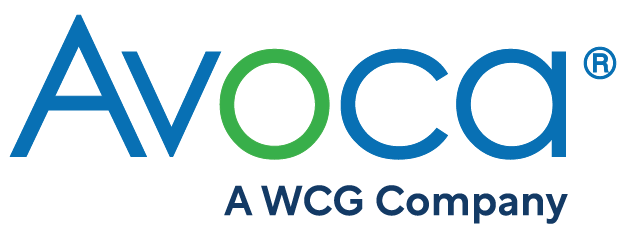ICH E6 (R2) Requirements for Vendor Oversight
Do you have an effective oversight plan? How are you measuring it?
ICH E6 (R1) was modernized to keep pace with the scale and complexity of clinical trials and to ensure appropriate use of technology. It took two decades for that change to be implemented (1996 to 2016) but now the pace of change is happening more rapidly.
ICH E8 (R1) is expected to go into effect in/around June 2020. Like E6 (R2), it calls for identifying factors that are critical to quality at the design stage of the study and planning the study conduct proportionate to the risks of these quality factors. It also calls for consulting with patients and/or patient organizations in the design, planning, and conduct of clinical studies.
The update to E8 will quickly be followed by ICH E6 (R3). The action proposed and endorsed in November 2019, is a full rewrite and reorganization of E6 (R2). It will retain the concept of a proportion risk-based approach and guidance and will expand, modify, and reorganize the sections to provide scientific and ethical guidance. This will enable a diversity of approaches that are relevant and adaptable to a variety of clinical trial designs and innovative technologies.
The common thread across these revisions
is a risk-based approach to managing quality.
Section 5 of ICH E6 (R2) requires that sponsors have a system to manage quality. Historically, this was managed by QA, who, very often, did not get involved until there was serious non-compliance at a site or when a sponsor was getting ready for submission and anticipating what sites might get inspected. Now the expectation from the get-go is that quality be managed throughout the life cycle of the study using a risk-based approach focusing on risks to critical processes and data and issues that matter.
When activities are outsourced, including duties and functions sub-contracted to other parties by the CRO, the ultimate responsibility for quality and integrity of trial data always resides with the sponsor who provides oversight. A central lab for critical data (data that are critical to ensure human subject protection and/or reliability of trial results) is one example. Consider a false-positive or false-negative biopsy result and the harm that may pose for a patient – how should that risk be controlled? Identifying risks to the quality of work performed by a CRO and other vendors allows the sponsor to actively manage those risks and reduce the likelihood of severe consequences.
Monitoring is one activity that’s generally outsourced. Risk-based monitoring is one method to control risk. R2 provides flexibility in how you approach monitoring, but you need to justify the rationale for the strategy you have chosen.
FDA guidance on risk-based monitoring recommends periodic review of monitoring reports. Who is going to review those reports? Do they have the required competency? If they don’t, that, too, is a risk to consider.
For effective vendor oversight, consider the following:
- A governance structure to guide and manage the sponsor/CRO relationship. It can vary in complexity depending on the size of the organization. Ideally, you want people with industry experience and knowledge. You should establish processes for communication and escalation and put a charter in place. Set expectations from the start. For example, right-first-time principles.
- A clinical quality agreement. This is just one component of a quality management system. Other elements include policies and procedures, training, issue management and CAPAs, knowledge management, clinical risk management, inspections and audit management, KPIs, and KQIs.
- Documents review. In addition to reviewing study plans and monitoring visit reports, the TMF also needs to be reviewed. By dipping into it periodically, you should be able to see if it is up to date. Both EMA and MHRA expect the TMF to be current and inspection ready. MHRA suggest that you keep an oversight file. Plan ad-hoc effectiveness checks of your oversight plans. What is working and what is not? Modify and improve them as necessary.
- Prevent issues from arising. If you have a well-designed protocol and have sought input from key stakeholders, including patients, hopefully, you will avoid amendments. Seek input from investigators, not just KOLs. Know your patient population and seek input from your CRO. Set your CRO partner up for success.
- Use available technology. Set thresholds, measure KRIs and set quality tolerance limits. This will help ensure the overall quality of trial related processes and will help you identify trends early on so you can take proactive measures.
- Provide oversight commensurate with risk. For example, SUSAR timelines for reporting/ underreporting of SAEs, protocol deviations, CAPAs, etc. Document your oversight.
- Real-time management of risk. Sponsors may plan to adapt the design based on early results. They need data close to real-time to make those decisions. Set expectations at the outset. Monitor performance and provide feedback. Update your plans as necessary and incorporate issues and mitigation activities in ‘lessons learned.’
Good vendor oversight is a combination of tools, processes, and people.
Use the right people
at the right sites
to give the right dose
to the right patient
at the right time.
A well-designed protocol with good risk control should result in no rework and no amendments, which ultimately gets products to market sooner.
